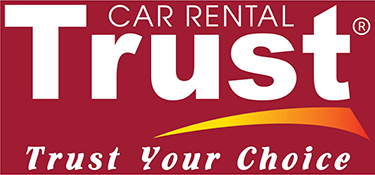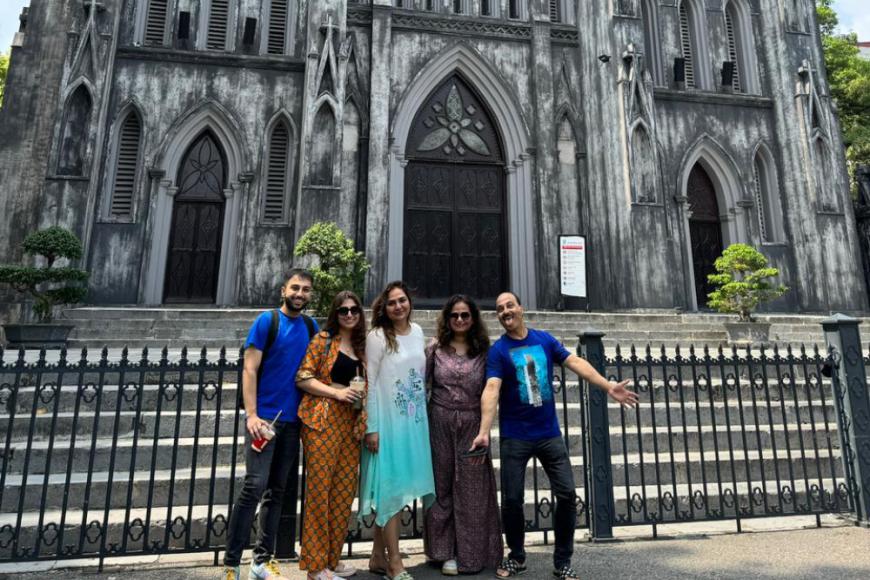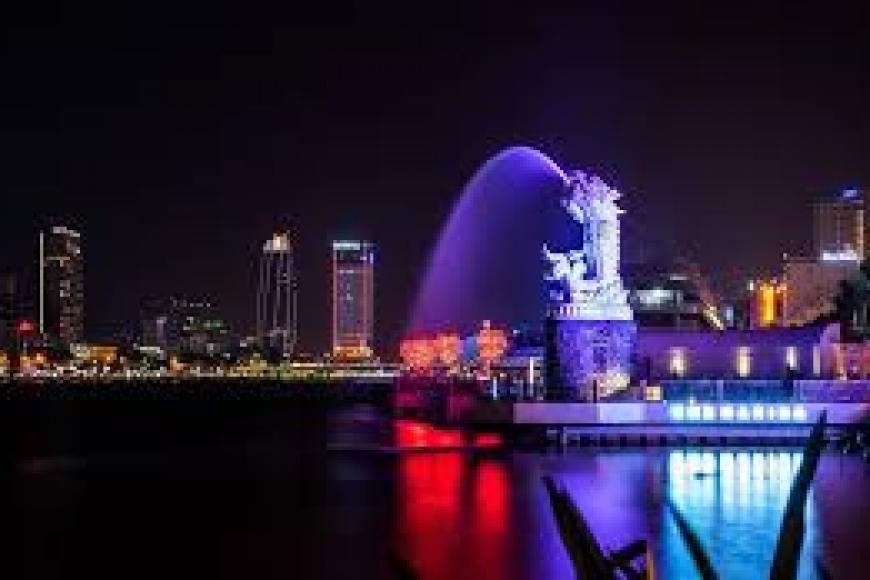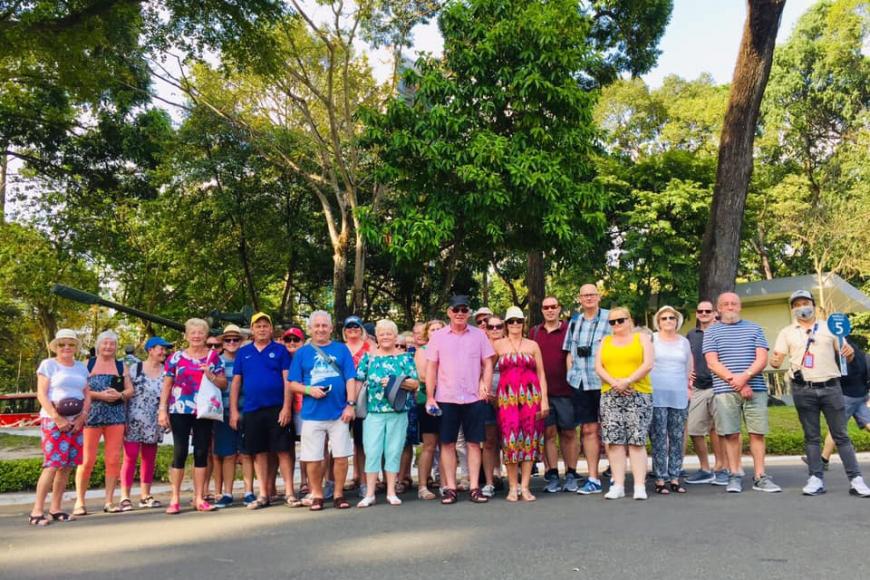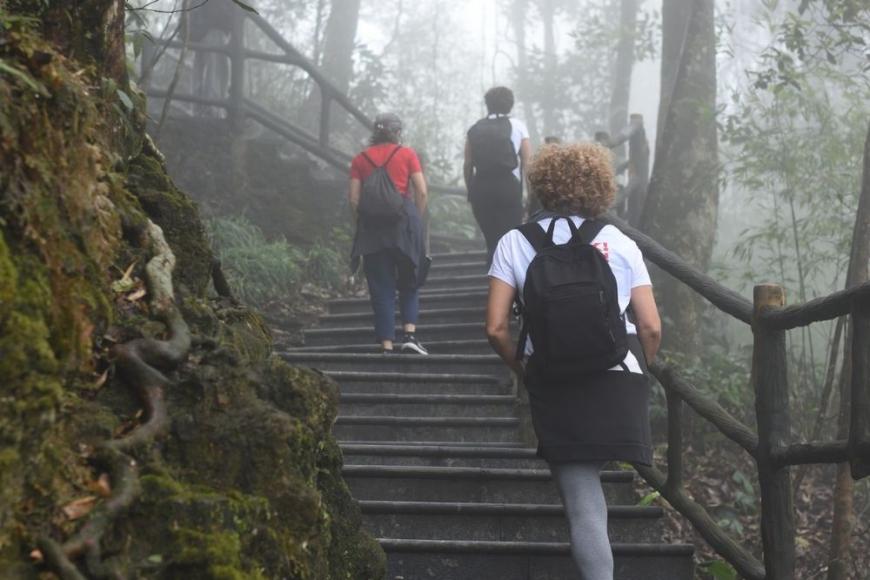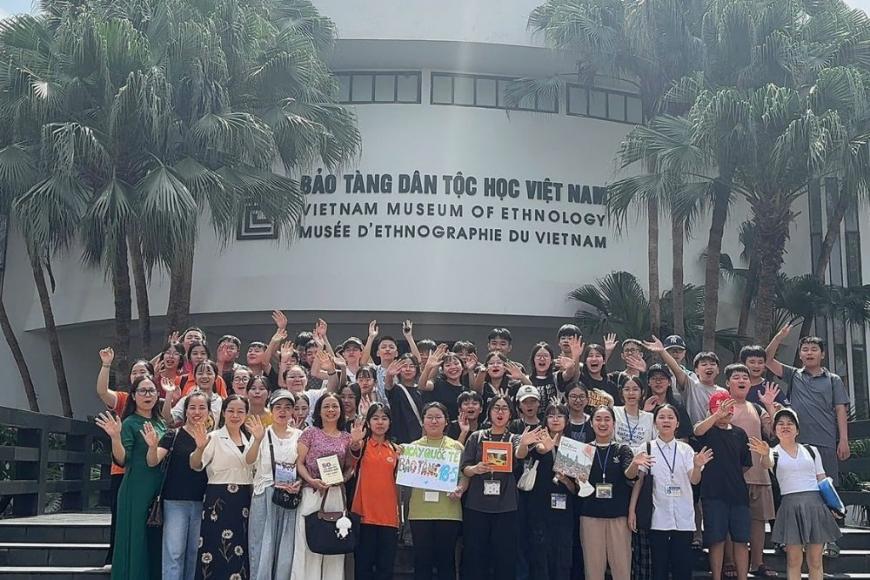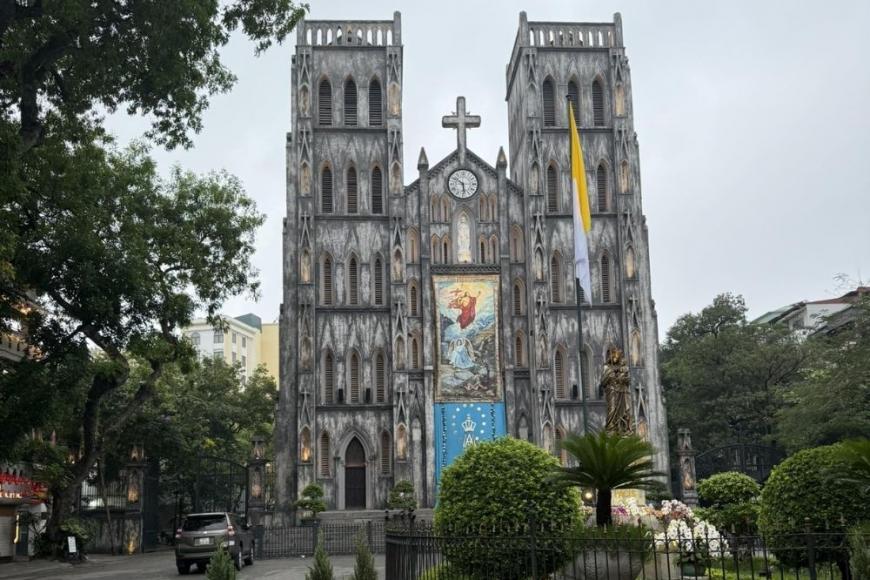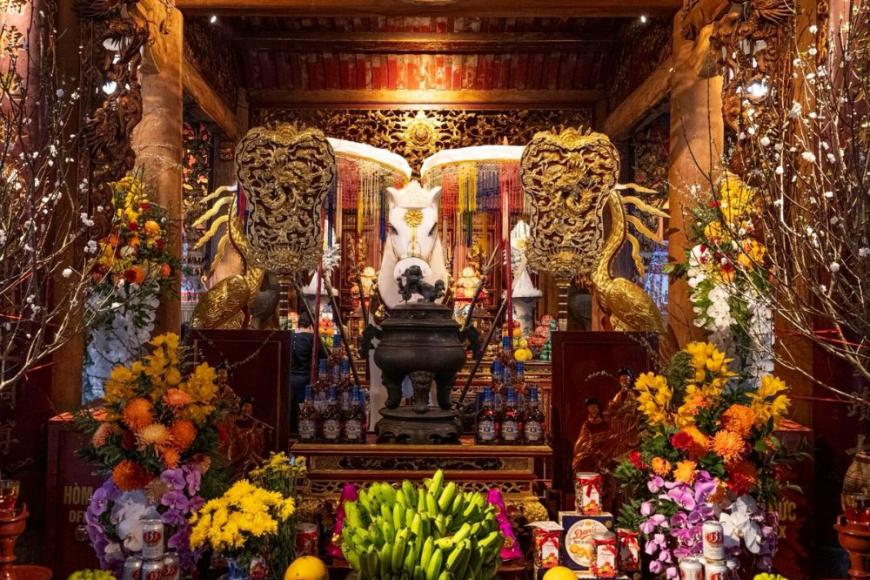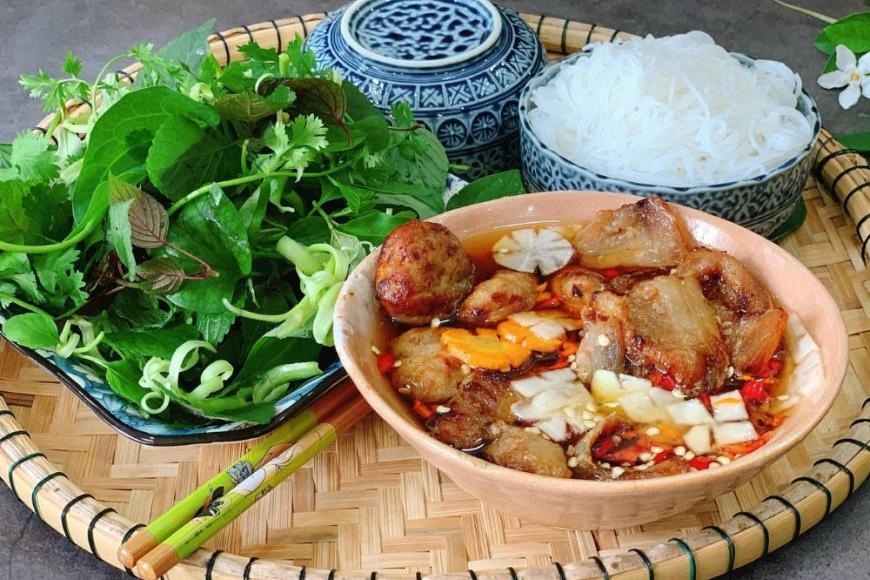- Nha Trang Travel Information
- Muine Travel Information
- Hue Travel information
- Cantho travel information
- Sapa travel information
- Ha Giang Travel Guide
- Ninh Binh Travel Information
- Quy Nhon Travel Information
- Vietnam Travel Information
- Hoian Travel Guide
- Vung Tau Travel Information
- Quang Binh Travel Information
- Phu Quoc Travel Information
- Ha Tinh Information
- Ca Mau information
- Quang Ninh Travel Information
- Tay Ninh Travel information
- Hoian travel guide
- Tien Giang travel guide
- Con Dao Travel information
- Ninh Thuan information
- Moc Chau information
- Danang Vietnam Travel Information
- Hanoi Travel Information
- Ho Chi Minh Travel Information
- Dalat Travel Information
Hanoi Vietnam Travel Tips
Hanoi Vietnam Travel Tips!
Hanoi is Vietnam’s capital, the second big city. Hanoi is also one of the best places to visit in Vietnam. In August 1945, following the Japanese surrender, the Viet Minh under the leadership of Ho Chi Minh seized power in Hanoi, and the city was established as a capital of the Democratic Republic of Vietnam.
The French, however, reasserted their control over Hanoi from 1946 until their defeat at Dien Bien Phu on May 7, 1954. Shortly thereafter Hanoi became the capital of the Democratic Republic of Vietnam (North Vietnam).
Nowadays, Many of Hanoi’s centuries-old monuments and palaces have been destroyed by foreign aggression and civil war, but there remain several historical and scenic points. Among the latter is Lake Hoan Kiem (“Lake of the Restored Sword”). Historical sites include the Co Loa citadel, dating from the 3rd century BCE; the Temple of Literature (1070), dedicated to Confucius; the Mot Cot (“One-Pillar”) Pagoda (1049); and the Temple of the Trung Sisters (1142).
In addition, the Central Sector of the Imperial Citadel of Thang Long, built in the 11th century, was designated in 2010 as a UNESCO World Heritage site. The University of Hanoi, the Revolutionary Museum, the Army Museum, and the National Museum are important cultural institutions.
TOP 5 THINGS TO SEE AND DO IN HANOI
The Ho Chi Minh Complex, which includes Ho Chi Minh’s Mausoleum – the final resting place of the beloved national hero, Uncle Ho – and President Ho Chi Minh’s stilt house where he lived off and on from 1958 to 1969. You’ll also visit the Ho Chi Minh Museum where you can learn about this remarkable man and what he did for Vietnam and the world…
One Pillar Pagoda.
Built in 1049, One-Pillar Pagoda sits on stilts over a lake and is a miniature reproduction of the original temple built by the Ly Dynasty. A prayer at this little wooden pagoda is said to bring good health.
The Temple of Literature. Built in 1070 and originally dedicated to confucius, the Van Mieu temple is one of the oldest structures in the country. You can wander the courtyards decorated and see the stele mark with the diplomas from the university's first doctorate students.
The Vietnamese Museum of Ethnology. It is contains exhibits on the different ethnic groups that reside in the country and will give you a much better understanding of Vietnamese history.
The Vietnam’s Museum Of Fine Arts. The fine arts museum is a must-see. there are fantastic exhibits of Buddhist art, folk art and silk and lacquer paintings but the museum's most impressive feature is Kouan Yin, the goddess of mercy who is depicted wiht thousand arms and eyes.
OTHER THINGS TO SEE AND DO IN HANOI
Visit Quan Su Pagoda. As the headquarters for the Vietnam Central Buddhist Congregation, Quan Su is one of the most important temples in the country. If you’re going to visit any of Vietnam’s pagodas, this 15th-century one is the one you should see.
Visit the Army Museum. The museum has an excellent collection of planes, tanks, and guns supplied by the Chinese and Soviet armies, alongside dozens of captured French and US made war machinery.
Dong Xuan Market. Hanoi’s oldest market is located in the Old Quarter. The market is a bit of a Hanoi institution and probably the best place for low-cost shopping in the city.
Watch a water puppet show. Water Puppetry as an art form that dates back over a millennium. Puppets are carved from wood, and the shows are performed in a waist-deep pool, which makes the puppets look like they’re walking in water. Near the lake, you can see a show at the Water Puppet Theatre.
Tour Hoa Lo Prison U.S. POWs named Hoa Lo “the Hanoi Hilton” and this is where many U.S. soldiers were tortured (former Sen. John McCain from Arizona is its most famous prisoner). What remains of the building is a small museum, complete with the guillotine used to execute detainees.
HOW TO GET AROUND HANOI
Rent a private car with English speaking driver will be more comfortable and relaxing. And make sure you would not miss the important destination in city.
Taxis. Taxis start at average at 12,000 VND for the first kilometer and 17,000 VND per kilometer thereafter. Do not take unmetered taxis!
Motorbike taxis are also everywhere, and an average journey should cost no more than 100.000 VND. Keep in mind that taxi drivers here are not so kind. you would avoid taxis if you can. They are not great here.
Public bus. Hanoi’s public bus system is recognized by its white, red, and yellow colors. These buses take you anywhere you need to go in the city. However, if you're going a short distance, this isn’t the most practical way to travel, Because of traffic chaos with take you in long time. Be sure to have small bills.
Cyclos.They’re easier to find beyond the Old Quarter (those narrow streets are not easy to navigate), but they’re still pretty prevalent. Make sure you negotiate the price ahead of time, for the whole group. It’s about 100.000VND for a short ride and prices increase at night.
Ride-Share – Grab is available in Hanoi. It works just like Uber: you ride in a private car with a private driver. You can pay via the app, and you’ll get a price estimate for your journey before you even get in the car.
WHEN TO GO TO HANOI
Autumn and spring are the two best seasons for visiting Hanoi. Autumn is from September to November, while spring is from February through April. Temperatures are usually warm 27 degree to 30 degree every day but not as stifling as in the summer season. Most visitors come to Hanoi during these months, so expect crowds at most attractions. On the other hand, this is the best time to explore the city on foot.
If you come during the winter months (December to January), temperatures can sometimes drop as low as 15 degree, so be sure to pack a sweater or something to cover with. The rainy season lasts from May to September. It’s worth your time to pick up an umbrella or a rain jacket as some days can be drizzly and grey as opposed to other parts of Southeast Asia where the downpours are heavy but brief.
The summer season is from June through to September, with temperatures reaching up to 37°C on some days. The humidity can be hard to deal with, but if you don’t mind the heat you will at least have fewer tourist crowds around.
HOW TO STAY SAFE IN HANOI
Ho Chi Minh City is a very busy city, but it’s a safe place to backpack and travel – even if you’re traveling solo or even as a solo female traveler. Violent crime against travelers is very rare, but petty crime and theft is not. In crowded places, you’ll want to keep your purse/wallet close and be mindful of the activity around you. Don’t keep your cell phone or money in your hand as you’re walking around.
Be sure to always count your change. The bills here are similar looking, so sometimes people will “mistakenly” give you the wrong change. Always count your change here!
Traffic can be hard to navigate in Hanoi. Motorbikes are everywhere, and as a pedestrian, crossing the street can be scary. Wait for a break in the traffic before crossing the road and then slowly go to the other side.
WHERE TO STAY IN HANOI
The Old Quarter or Ba Dinh is the central urban district of Hanoi. It have a lots of hotel and restaurants, bars, coffee shop, shopping mall and tourists destination attraction.
MONEY SAVING TIPS IN HANOI
You don’t need to do much to save money in Ho Chi Minh City as it’s super inexpensive to visit already. But, if you must, here are some ways you can cut down your costs in Ho Chi Minh:
Ask your hotel staff – Before you leave the hotel, ask them to estimate how much what you want to do should cost.
How much should a ride to the museum cost? How much should I pay to have a t-shirt like this made? How much for a noodles soup?
They will be able to give you bargaining guidelines.
Eat from street stalls – For the cheapest food in the city head to the Old Quarter which is packed with low-cost eats at the street stalls. If you stick to these local stalls, you’ll eat for only a few dollars a day. Be sure to try a Bun Cha Hanoi, a Vietnamese noodle popular in the Hanoi.
Drink Bia Hoi – This draft beer is available on the street throughout Hanoi and starts at merely 10.000 VND per glass.
Save money on rideshares – Grab is the Uber equivalent in Asia and is way cheaper than taxis. It’s the best way to get around a city if you don’t want to wait for a bus or pay for a taxi.
other
Ba Vi national park is a great destination that helps you escape the bustle and hustling in the city and reconnect with nature. This park has a spectacular landscape, fresh air and biodiversity. So, Ba Vi national park is considered the Lung of the Hanoi capital. Explore the national park in this guide.
Vietnam Museum of Ethnology is a famous museum of Vietnamese ethnic minorities that tells their traditions and lifestyles through displayed artifacts. This place is the most popular destination to attract many tourists to explore and visit.
St Joseph's Cathedral is the well-known church in Hanoi city due to its unique architecture and a long lasting history. This cathedral is the first architecture constructed by the French colonial government in Indochina. Although expanding two fierce wars St Joseph's Cathedral remains miraculously intact and standing peaceful in the city.
Bach Ma Temple is a must visit place in Hanoi city, preserving the historical imprints of Vietnam with the remarkable event of King Ly Thai To's capital relocation. In this guide, we will inform you about Bach Ma temple next vacation.
Bun Cha Hanoi is a signature Vietnamese dish originating from the capital city, combining grilled pork, rice noodles and a delicious dipping sauce. Bun Cha is loved by many tourists in the world due to its president of Barack Obama enjoyed it in the trip to Vietnam.
